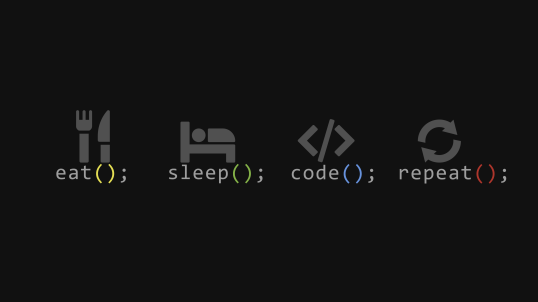About Greedy
DP gives optimal solution but not practical in fields
Sprit of Greedy Algorithm
알고리즘을 디자인 하는 사람마다 그리디 설계는 달라질 수 있다.
실생활의 문제들은 대부분 최적화 문제들이다.
만약 우리가 ”local optimal” —> ”global optimal” 이라고 가정한다면 그리디 알고리즘을 적용해 볼 수 있다.
Greedy Algorithm
Grabs data items in sequence, each time with BEST choice
thinking future.
→ Best choice: local optimal choice(O), global choice(X)
→ in terms of my viewpoint(intuition, heuristics 경험)
Good example of Greedy alg
→ MST(Minimum Spanning Tree)
Applications of MST
smartphone(IC chip), KTX railway, Network 망사업자,
→ 많은 문제들의 모델링을 할 수 있다.
Design steps of Greedy Algorithm
Ranking function
while NOT solved yet {
step1. Selection(local optimal choice, by ranking)
step2. Feasibility check(constraint, optimal)
step3. Solution check(termination)
}
Example with MST
Greedy_MST(input: graph G=(V,E))
F = empty set
while NOT solved yet {
select an edge e(local optima choice) -> ranking(scoring) function
if e creates No cycle then add e to F
if T=(V,E) is a Spanning Tree, then stop/exit
}
→ output: MST T=(V,E), F is subset of E
→ how to select e? makes difference in Prim’s and Kruskal’s Algorithm.
Prim’s Algorithm: node(vertex)-based approach
F = empty set
Y = {v1}
while NOT solved yet {
select v in V - Y nearest to Y // selection
feasibility test(cycle?) // Prim's alg에서는 불필요. 알고리즘 원리상 cycle이 생길 수 없음.
add v to Y
if V === Y, then stop/exit
}
-
Time Complexity T(n) → T(#vertex) = T( V ) = T(n) ⇒ O(n(n-1)) = O(n^2) - Proof required.(반드시 증명되어야 하는 것은 아니다.)
Proof of Greedy Algorithms
- Induction: 과정 유도
- Proof by Contradiction: 주장을 부정하고 이것이 틀림을 증명하는 것!
Kruskal’s Algorithm: edge-based approach
Given a graph G=(V,E)
sort Edge set 'E': my ranking/scoring function
while NOT solved yet {
select next edge 'e' from sorted list
if cycle check: YES -> remove/pass else add 'e'
if stop condition: YES -> stop else repeat
}
How to check ‘cycle’ in Kruskal’s ?
- set of trees: Forest data structure
- two key operations in Forest: find and union
- find: root finding in a tree
- union: connect two roots
—> find each root of i and j
—> see/check if the two roots are the same
—> if YES, cycle O, else cycle X and add ‘e’ then repeat.
Cycle check
e = next edge(u,v)
p = find(u)
q = find(v)
if p != q --> connect/merge -> connect/merge(add e to F)
Pseudo code of Kruskal’s
Given a graph G=(V,E)
F = empty set
create 'n' disjoint sets: {v1}, {v2}... {vn}
sort Edge set 'E'
while NOT solved yet {
select next edge 'e' from sorted list
if cycle check: YES -> remove/pass
else connects two subsets, then merge them merge them and e to F
if stop condition: YES -> stop else repeat
}
| V | = n, | E | = m |
- init: theta(n)
- sort: depending on the specific alg: O(mlogm)
-
- while loop: O(m*alpha(n,m)) → O(mlogn)
- find-union operations → 연구를 거쳐 ”알파 타임”이라 부른다.
- remaining operations
After all, O(mlogm) dominates all.
T(n,m) = O(mlogm)
number of edges: n-1≤m≤n(n-1)/2
Proof of Kruskal’s
similar to Prim’s.
Prim’s vs Kruskal’s
기본 골자는 O(n^2) vs O(mlogm)이지만,
적절한 자료구조와 적절한 정렬 알고리즘을 통해
프림 알고리즘의 시간 복잡도를 충분히 개선할 수 있다.
이는 CS의 주요 연구 골자 이다!
